Best cameras for landscape photography 2025: top picks for the great outdoors
Discover the best cameras for landscape photography

When it comes to landscape photography, the best cameras are well-built, weatherproof and equipped with high-resolution sensors for capturing scenes in magnificent detail. In the list below, you’ll find a range of options which tick all of those boxes, all rigorously tested by our team of expert reviewers in the field. Each option offers something unique for a specific kind of buyer and budget.
If we could use just one camera to shoot landscapes in 2025, it would be the Sony A7R V. In our full review, we found that its full-frame sensor is capable of capturing incredible detail in all kinds of conditions. That doesn’t mean it’s the perfect option for everyone, though: our guide covers cameras from a number of bands, plus options that are good for traveling with.
Our reviews team has tested 100's of still cameras and assesses every single model in great depth, so you know our analysis can be trusted. We’ve divided our guide by use-case, to make it easier for you to find your ideal camera for landscape photography. And because we've tested many more cameras than those that made the cut, we've included an also consider section with further options at the end of this guide.
Top 3 picks
If you love the outdoors and photography, you'll need a dependable camera capable of capturing fine detail. The options below are our favorite models covering a variety of budgets and needs, and you can use the links to fly down to our full write-ups.
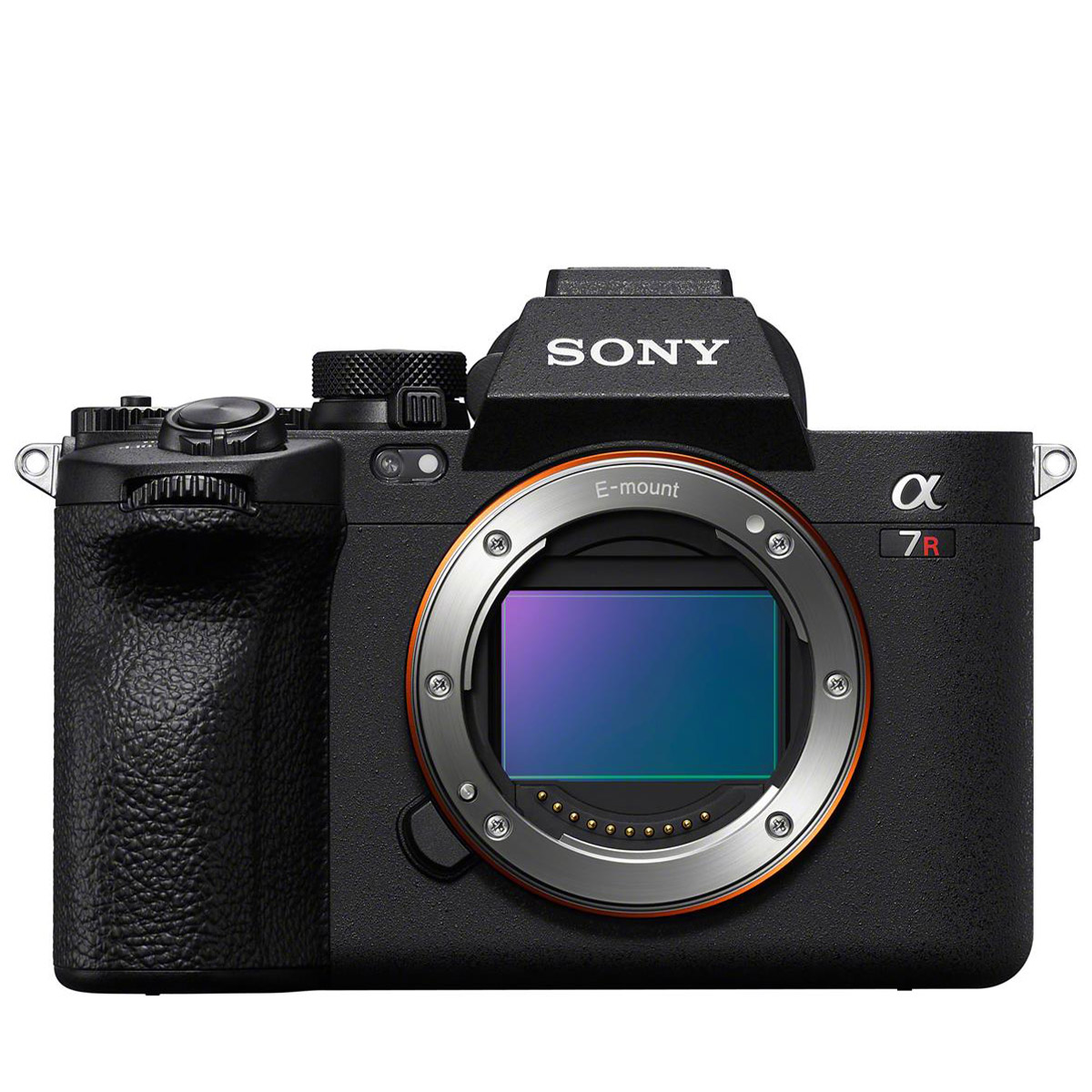
The best for pros
The same best-in-class 61MP resolution, but with a revised sensor, new processing engine, and the price has come down to match the A7R IV.
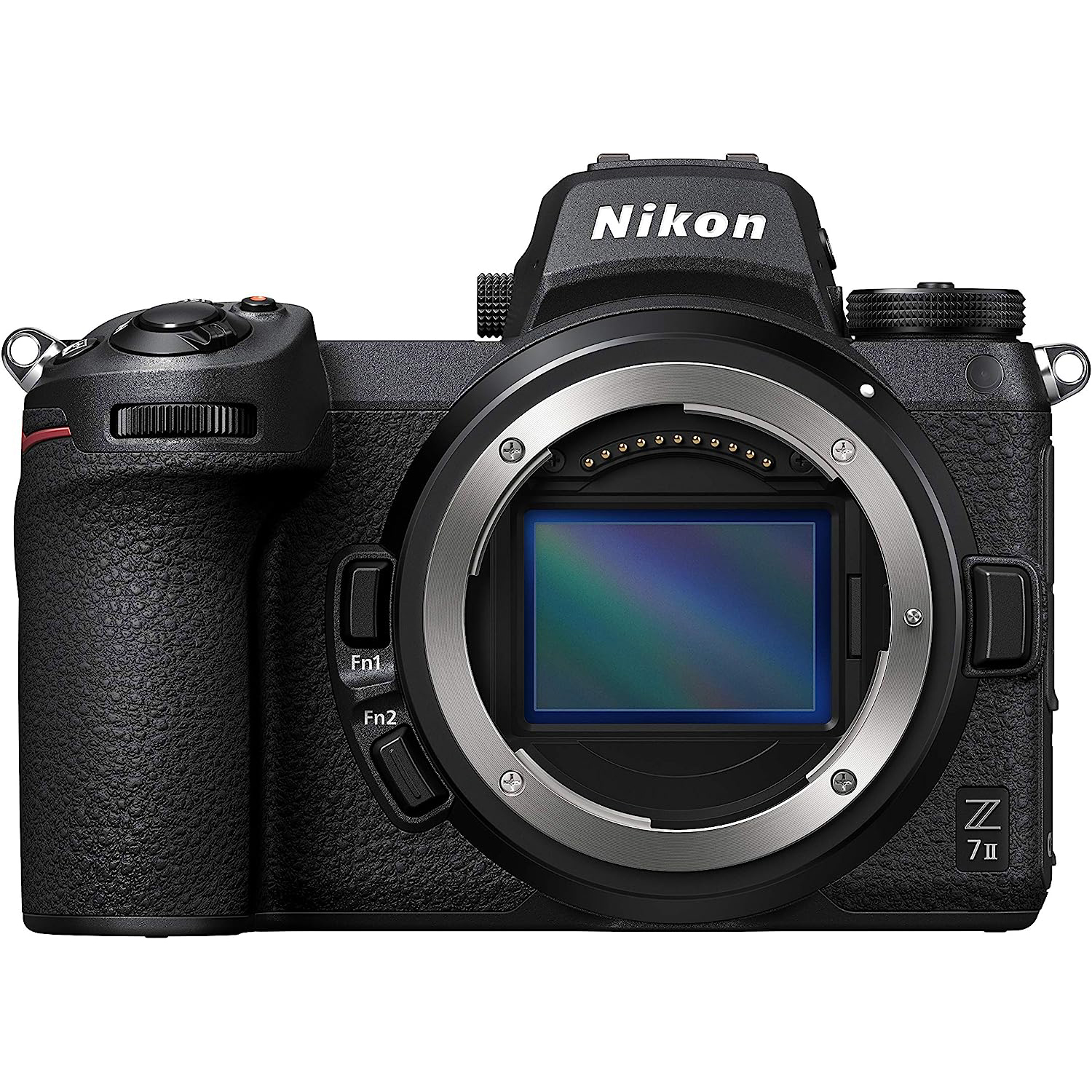
The best Nikon
The same 45MP resolution as the pricier Z8 and Z9 models, and in a smaller body. If landscape photography is your sole focus, you'll save a packet.

The best value
It might be getting on a bit, but the EOS R has a 30MP resolution full-frame sensor and can now be had for much less than its launch price.
Best by use-case

The best lightweight
A lightweight yet rugged Micro Four Thirds camera, the OM-1 II is lovely in the hand and benefits from clever computational photography modes.
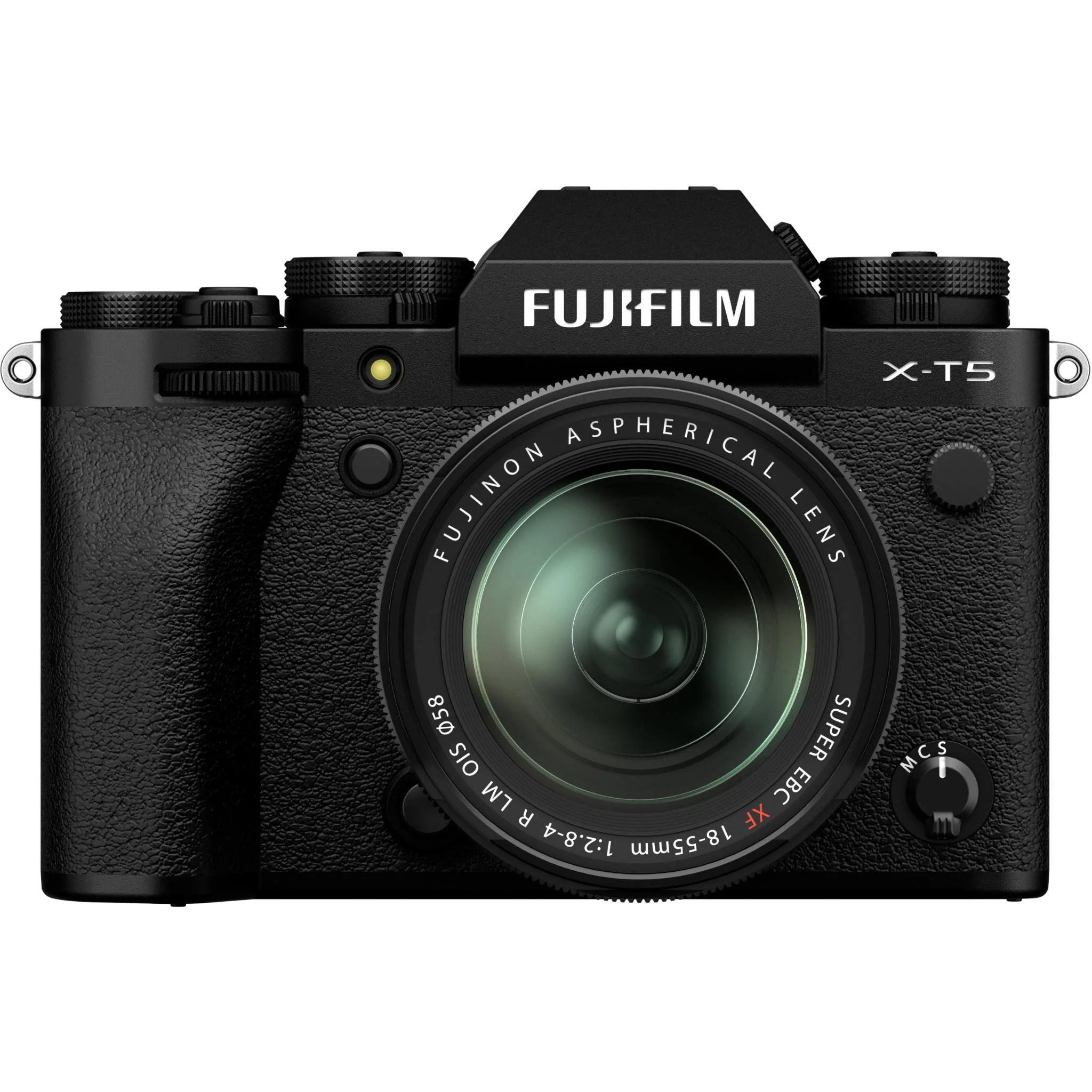
The best APS-C
With a resolution of 40.2MP, the Fujifilm X-T5 is an ideal crop-sensor flagship for those who favor detail over outright performance.

The best detail
Offering a 102MP resolution at a competitive price, this is a tempting medium-format option for landscape photographers.

Tim is TechRadar's Cameras Editor. He has more than 15 years' experience as a photographer and journalist. Tim lived in Kenya for several years, where he had the privilege of shooting incredible landscapes. He notes, "Whatever the weather, I love seeing in a new day out on location, be it the coast or mountainside, with a camera in hand (or on a tripod)! Rugged build quality is a must, while sensor resolution is important for picking out fine details. You don't need the latest models for landscape photography and can save yourself some money by opting for a slower, stills-focused camera instead."
The best cameras for landscape photography in 2025
Why you can trust TechRadar
You'll find full write-ups for each of the best cameras for landscape photography in our list below. We've tested each one extensively, so you can be sure that our recommendations can be trusted.
The best landscape photography camera overall
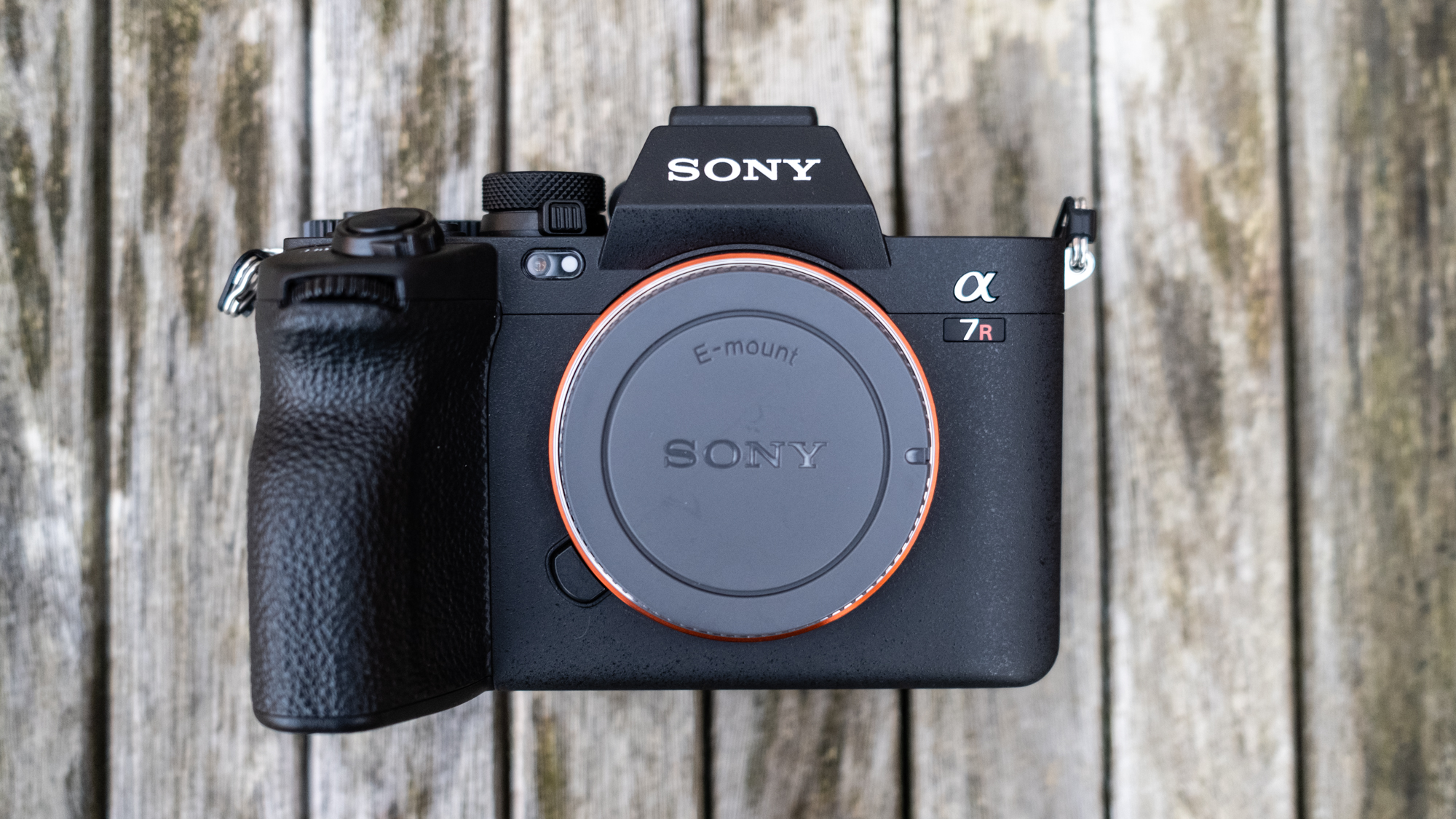

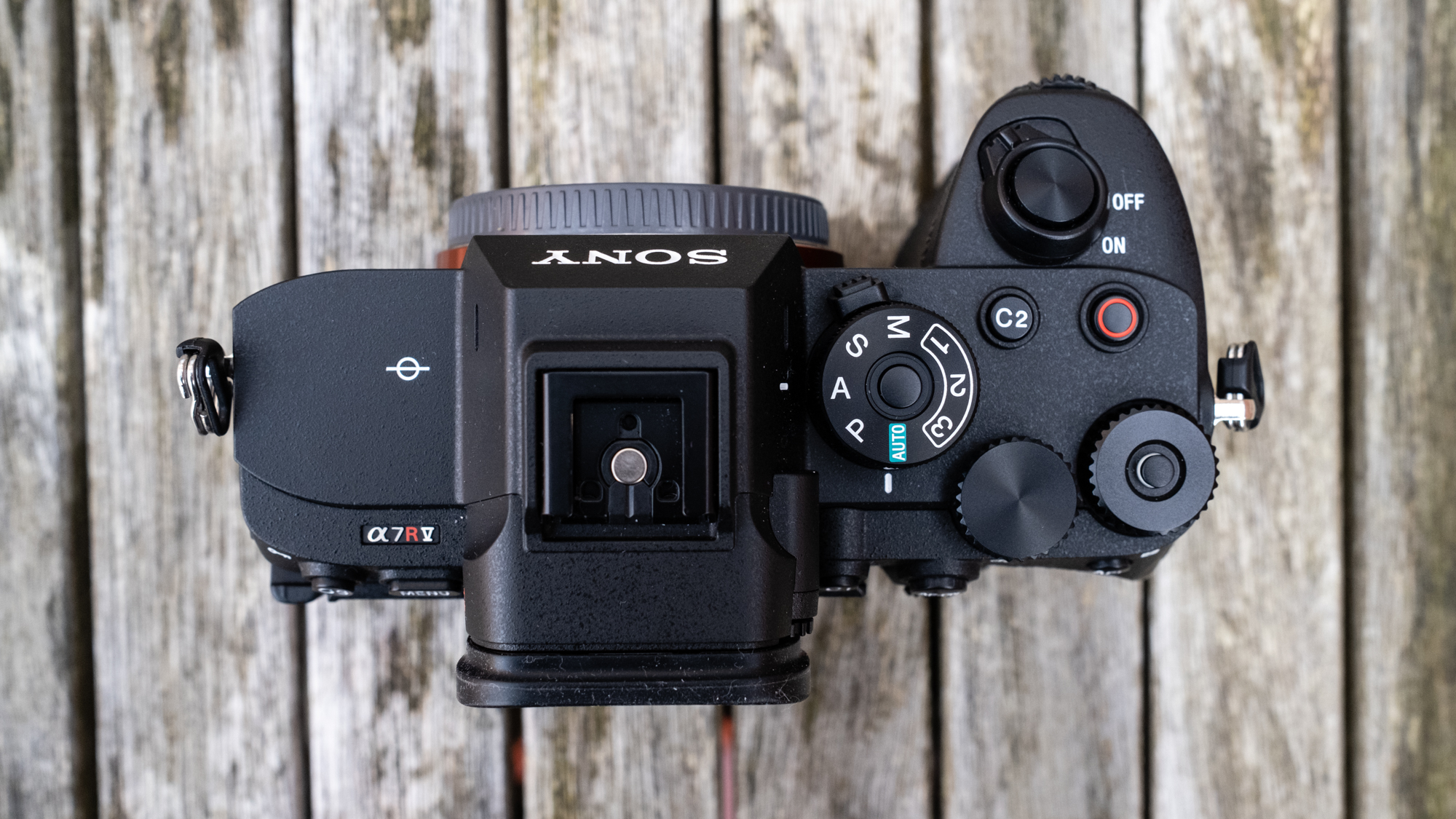
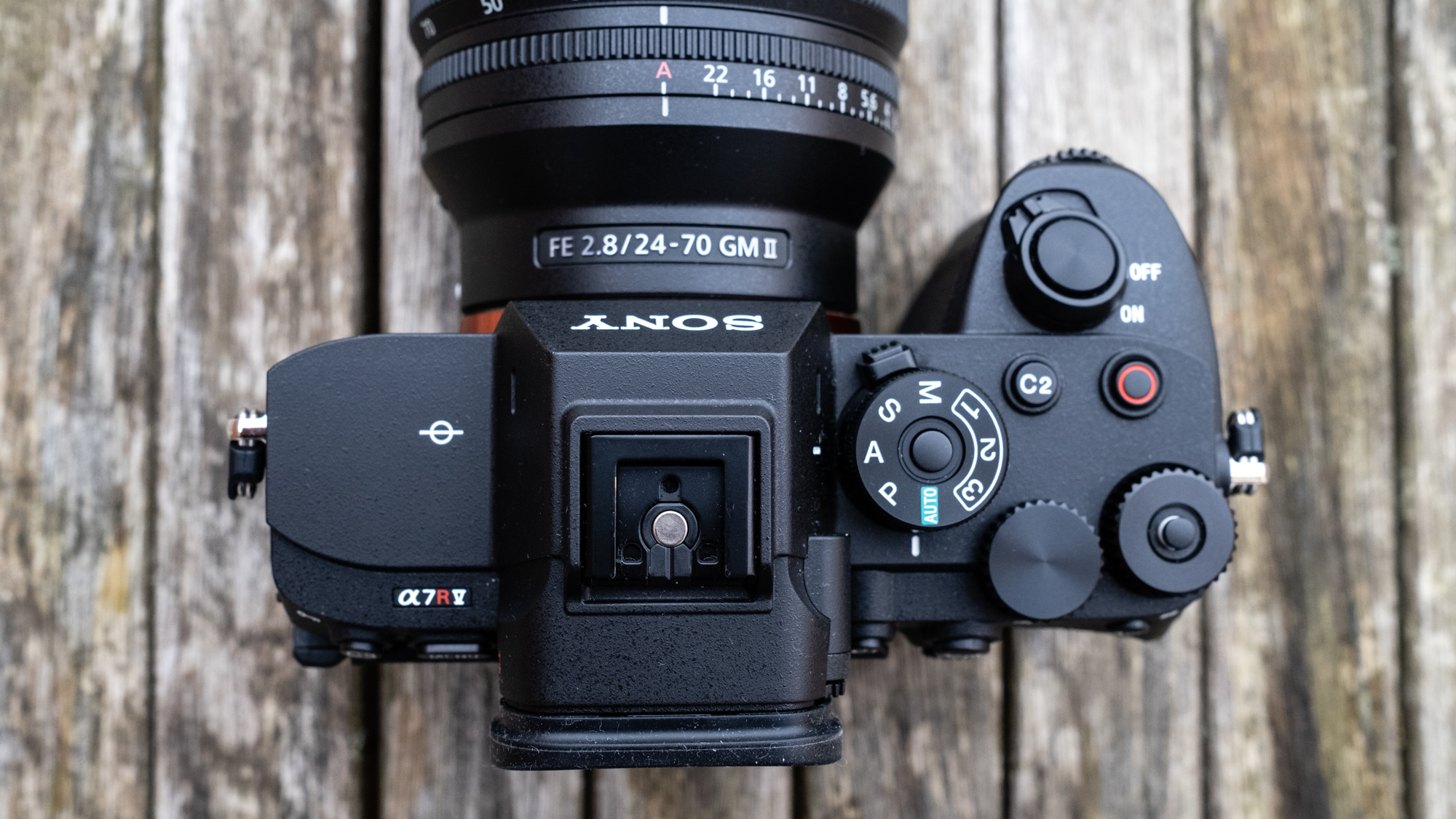

1. Sony A7R V
Our expert review:
Specifications
Reasons to buy
Reasons to avoid
✅ You want detailed landscapes: With a 61MP full-frame sensor, the Sony A7R V is capable of capturing exceptionally detail.
✅ You like shooting with a viewfinder: The A7R V benefits from one of the best EVF’s on the market, with 9.44m dots.
❌ You have a limited budget: The A7R V delivers top performance at a price, especially when you factor in the cost of lenses.
❌ You don’t need so much detail: If you’re not planning to print stills at large dimensions, you’ll find better value from a 40MP camera.
Like the A7R IV, the A7R V has a best-in-class 61MP full-frame sensor, capable of exceptional detail, although you'll need a pricey high quality lens to realize the benefit of all those pixels. You won't save much by opting for the older A7R IV, and should you go for the A7R V, you will get much improved in-body image stabilization with up to 8-stops compensation, making sharp handheld shooting a real possibility. Based on our tests, the A7R V truly is a fantastic choice for landscape or studio pros.
You also get one of the best EVFs in the market, as well as a versatile vari-angle LCD screen, which we found makes for easy viewing from any angle. Should you shift from landscapes to wildlife photography, you'll also be equipped with industry-leading subject detection autofocus. Other landscape photgraphy-friendly features include focus stacking and a Pixel Shift high resolution mode that takes multiple shots one after the other to be stitched together later for a larger image. If you want the best full-frame camera for landscape photography, we think the A7R V is the ticket.
Read our in-depth Sony A7R V review
The best Nikon camera for landscape photography

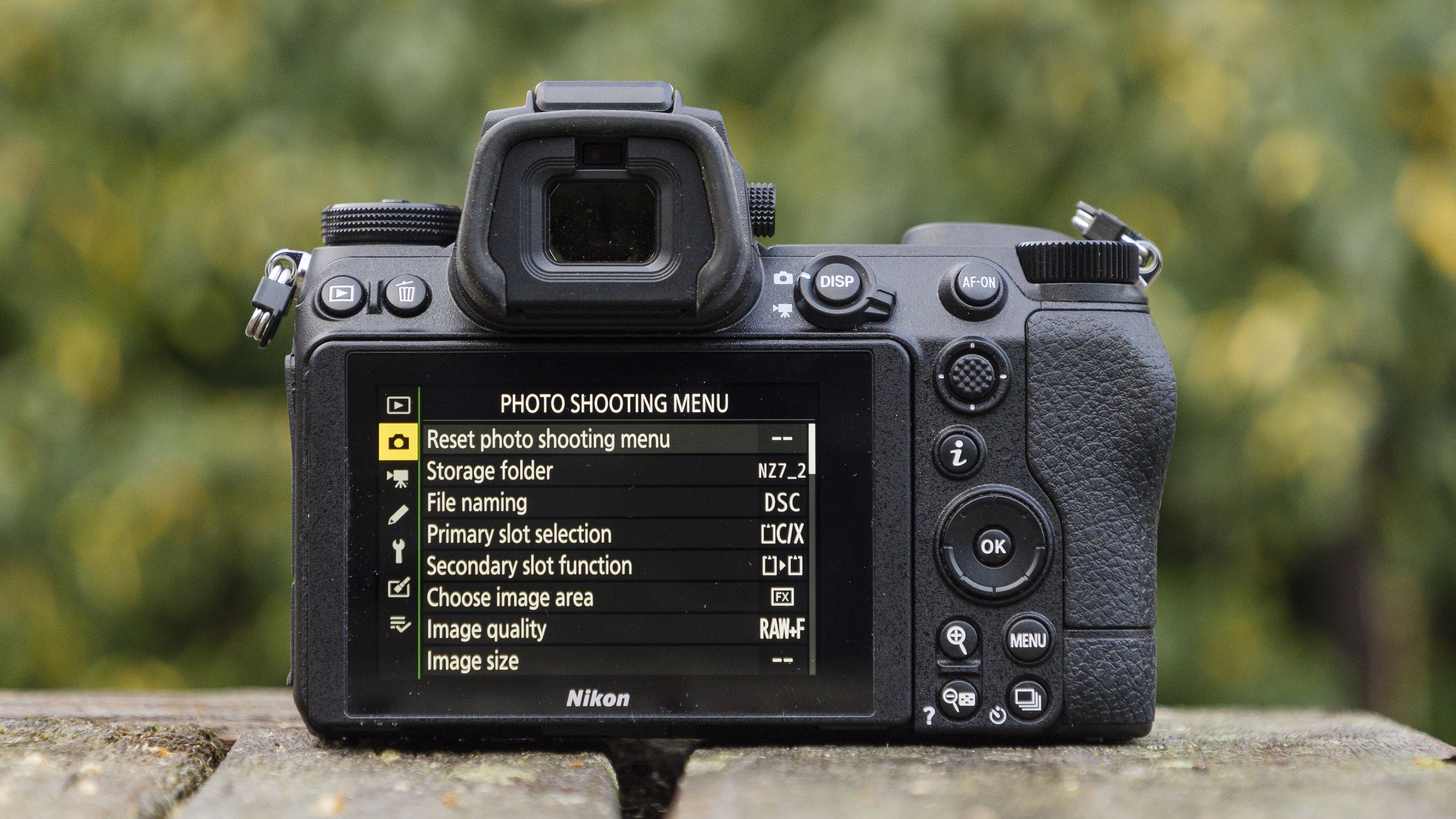

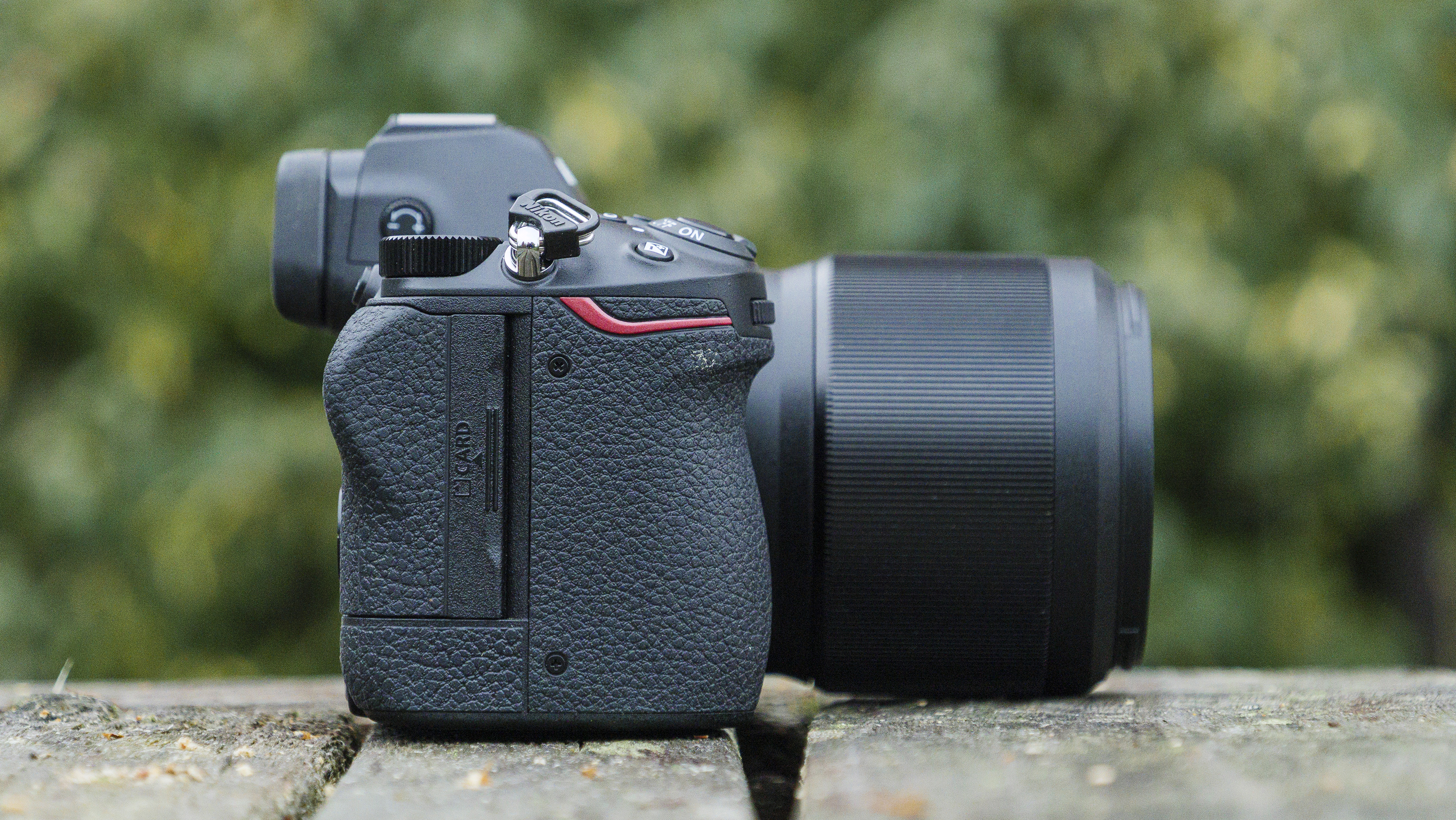
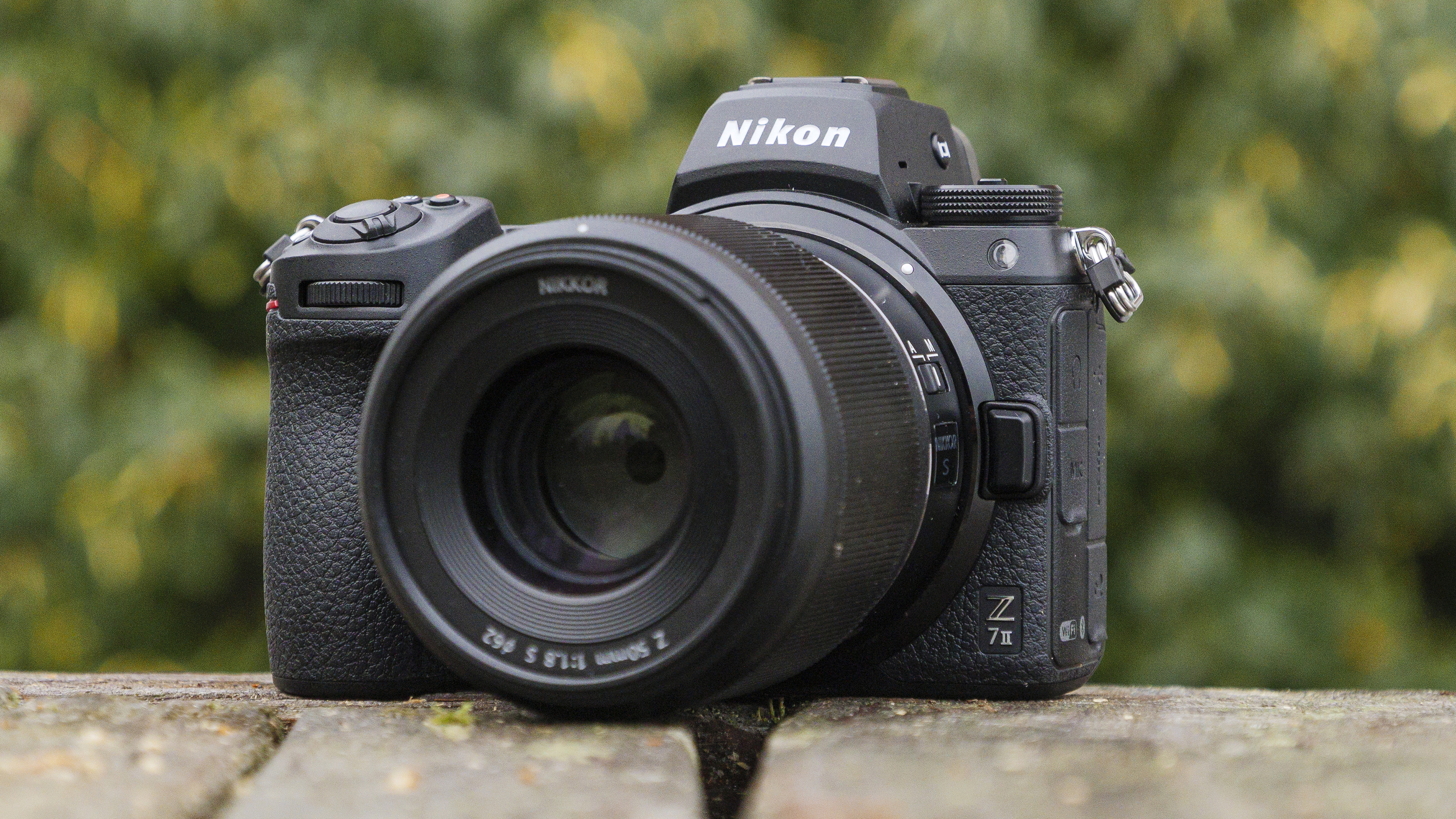
2. Nikon Z7 II
Our expert review:
Specifications
Reasons to buy
Reasons to avoid
✅ You want an accomplished all-rounder: Improvements across the board make the Z7 II once of the most versatile landscape cameras.
✅ You want a rugged camera: Built tough enough to withstand wild conditions, the Z7 II is designed as a reliable tool for the pros.
❌ You already have the Nikon Z7: A range of upgrades make the Z7 II the better camera, but not enough to justify paying to switch.
❌ You want best-in-class autofocus: The Z7 II has improved autofocus, but others do better, particularly when shooting fast subjects.
A modest evolution of the Nikon Z7, the Z7 II is a compelling mirrorless camera for landscape photography. While the Z6 II is a more cost-effective option, the sharper 45.7MP sensor of the Z7 II makes it the professional camera we'd choose for shooting scenery. Paired with one of the best Nikon Z lenses, we found it capable of capturing fantastic detail. Noise was also controlled well, meaning we were able to pull impressive amounts of clean detail out of shadows.
In our review, we commented positively on the the ability to set the Z7 II to take focus-stacked images to be merged in Photoshop for a larger depth of field. We also value the presence of dual card slots, as well as class-leading weather sealing, which reflects the rugged build quality and pro-friendly handling of the camera as a whole. Autofocus isn't the absolute fastest out there, but it's plenty good enough for landscapes, making this one of the best options for shooting scenic scenes.
- Read our in-depth Nikon Z7 II review
The best value landscape photography camera
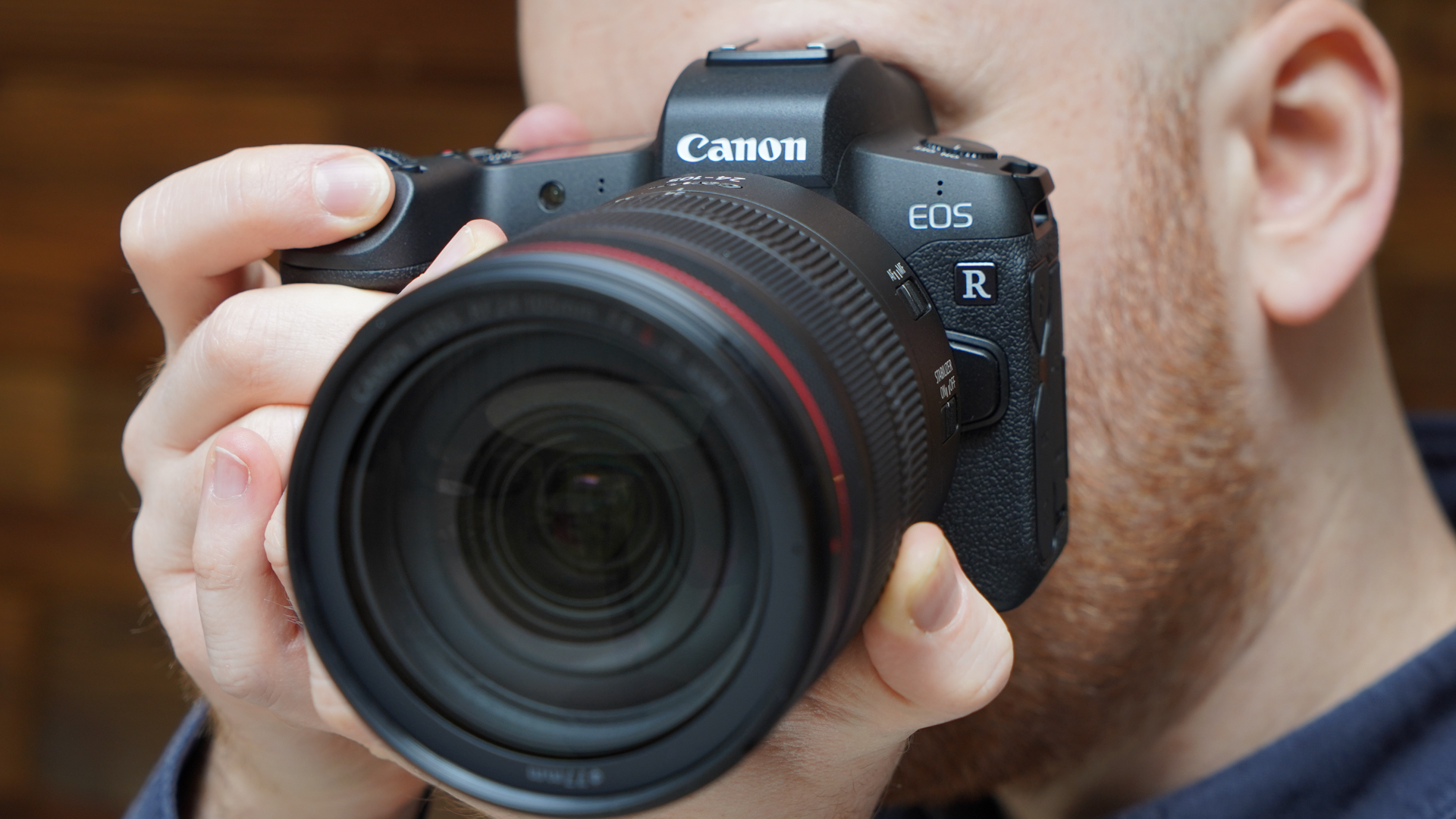


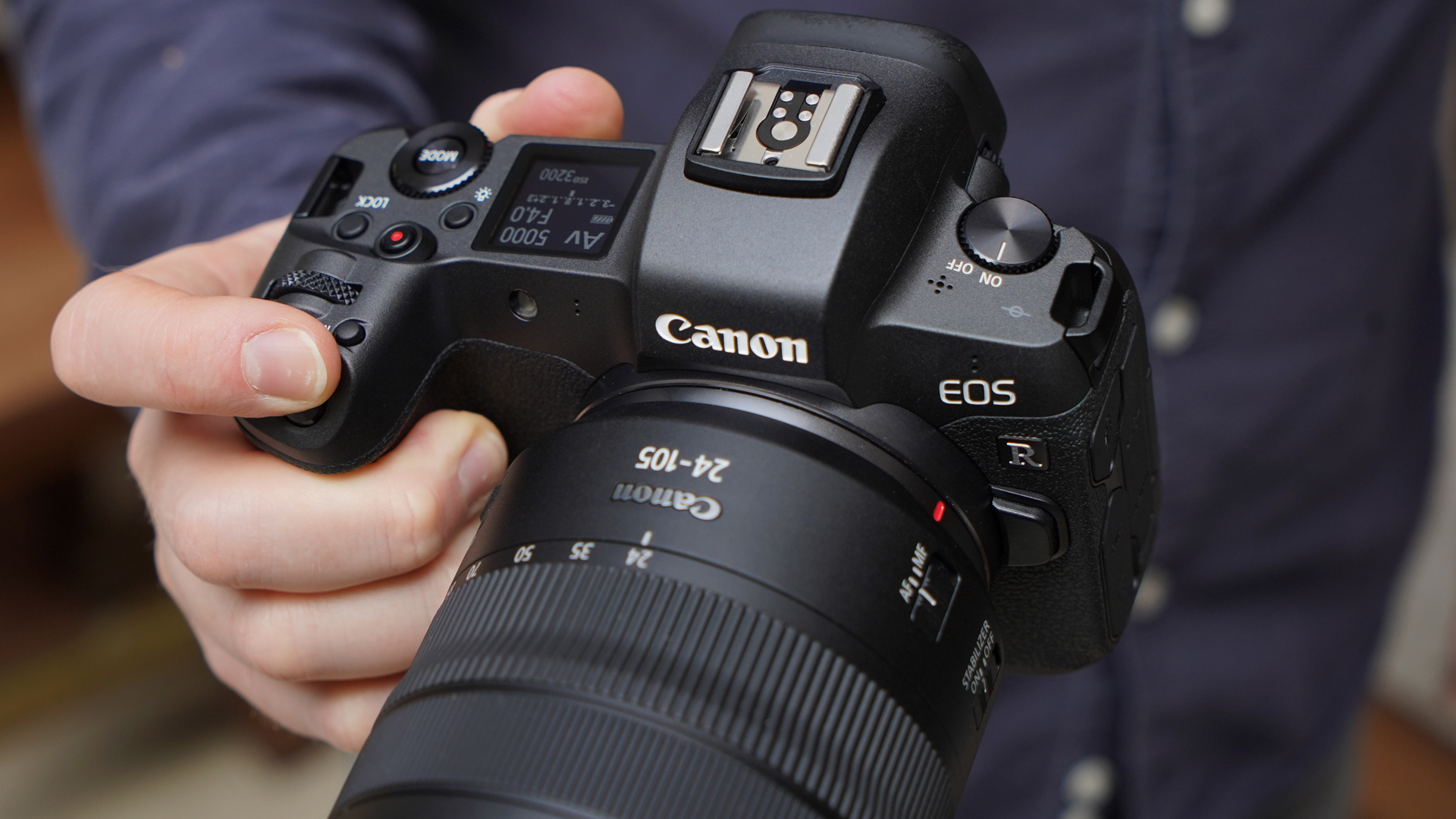
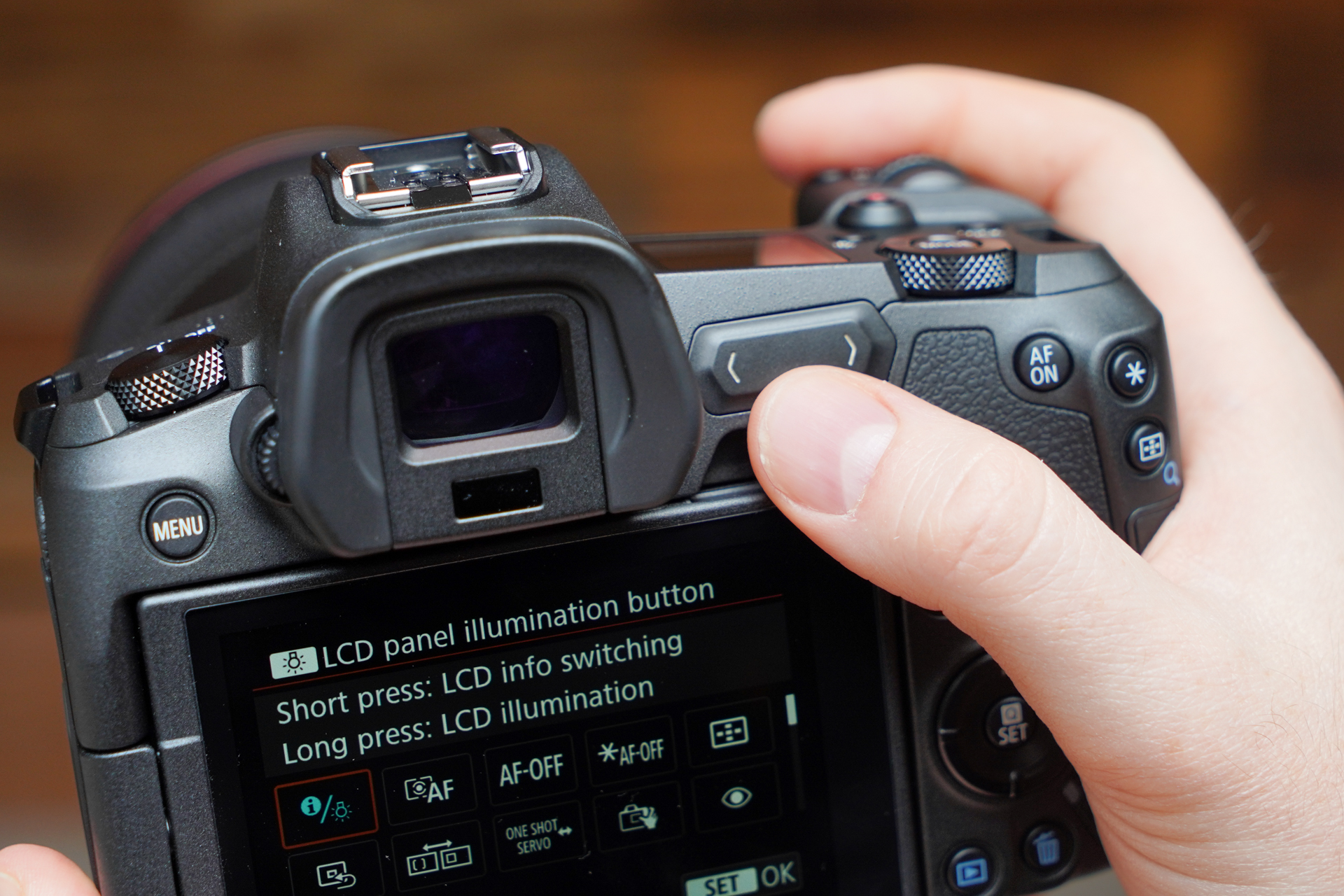
3. Canon EOS R
Our expert review:
Specifications
Reasons to buy
Reasons to avoid
✅ You want a mirrorless alternative to DSLR: With great handling and a versatile top-plate LCD, the EOS R has a lot of DSLR hallmarks.
✅ You want a good value full-frame camera: There are many newer Canon EOS R models, but the original now offers the best value.
❌ You need multiple SD card slots: With just a single SD card slot, the Canon EOS R is edged out by other professional tools with two.
❌ You need greater versatility: If you want a hybrid camera for shooting more than just landscapes, the EOS R5 is a better bet.
If you’re a Canon DSLR owner or someone looking for an affordable entry point to full-frame mirrorless cameras, the 30.3MP Canon EOS R is an attractive option. It launched way back in 2018, but for landscape photography, the EOS R continues to offer superior value than the Canon EOS R5. And with more and more variety among the best Canon RF lenses, we think this is now a system you can confidently buy into.
Similar in size to an SLR, we praised the EOS R's handling, touchscreen and useful top-plate LCD in our review. Our tests also found that its sensor offers very respectable performance, even if newer models are faster and sharper. You do only get a single SD card slot, but with excellent dust and water-resistant sealing, 5655 AF points, a low price and solid overall handling, it remains a fine landscape photography camera. Particularly for those who are on a budget but want to shoot with a full-frame mirrorless camera.
- Read our in-depth Canon EOS R review
The best lightweight system for landscape photography

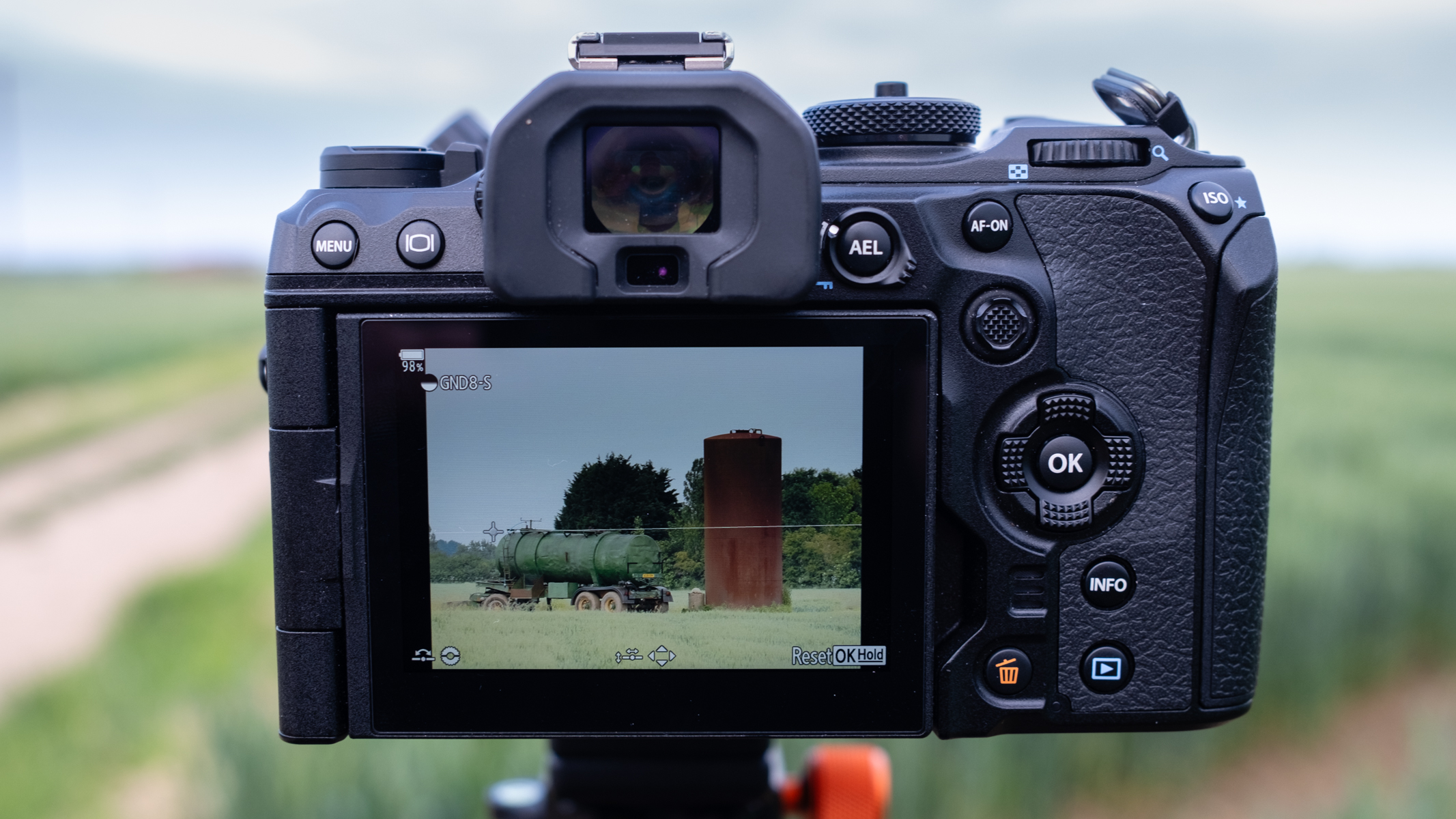
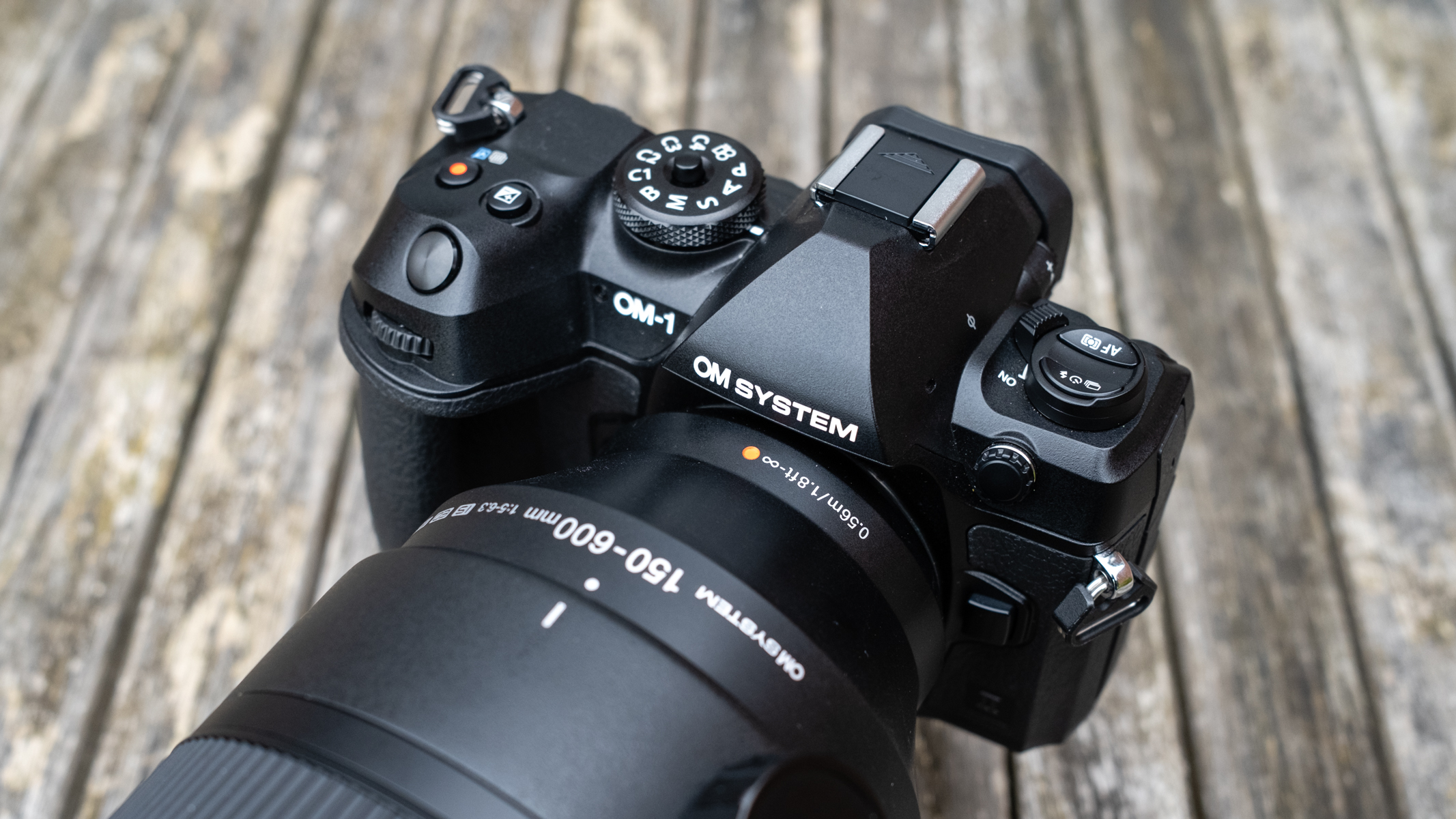


Specifications
Reasons to buy
Reasons to avoid
OM System OM-1 II sample images
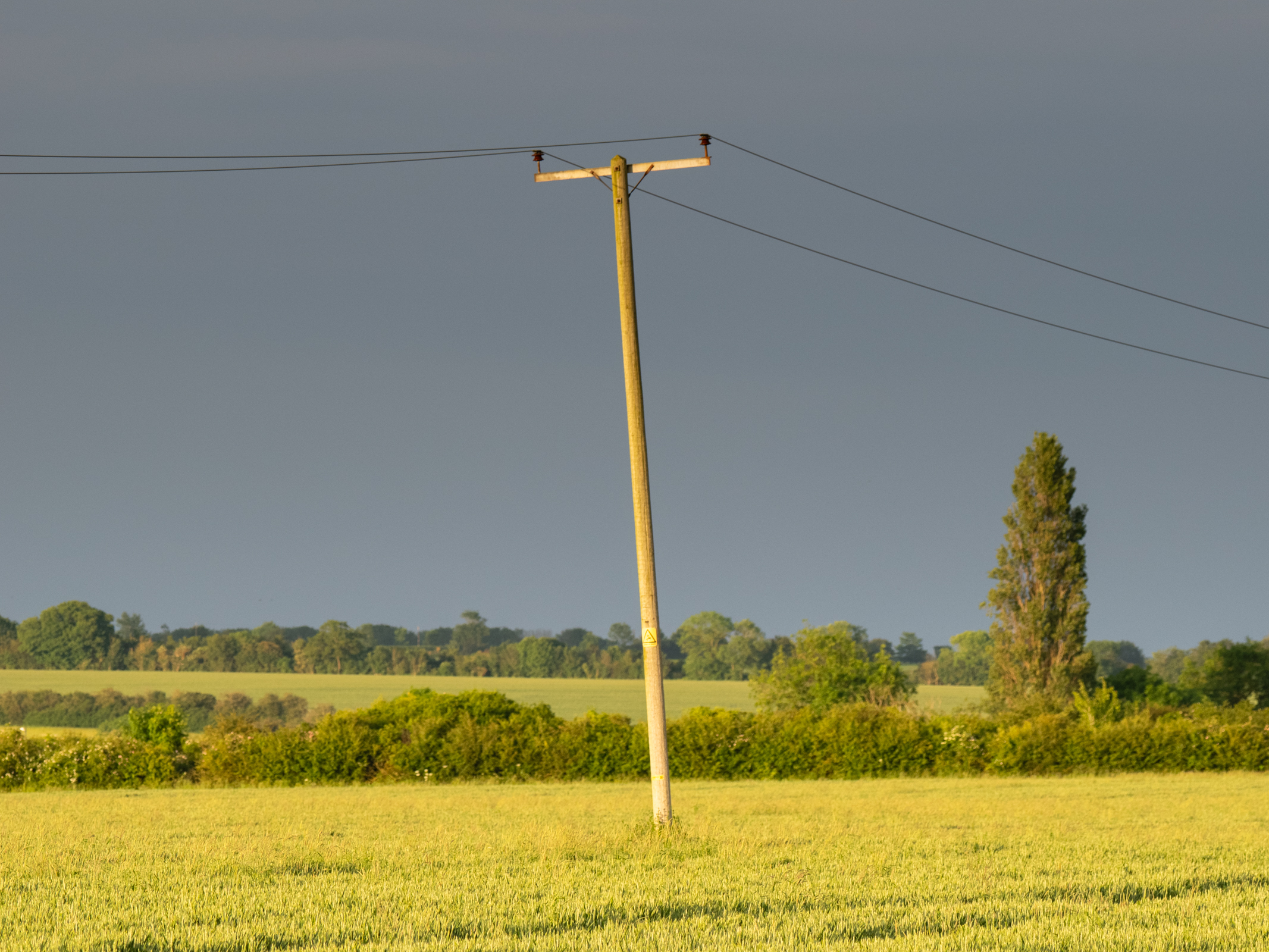

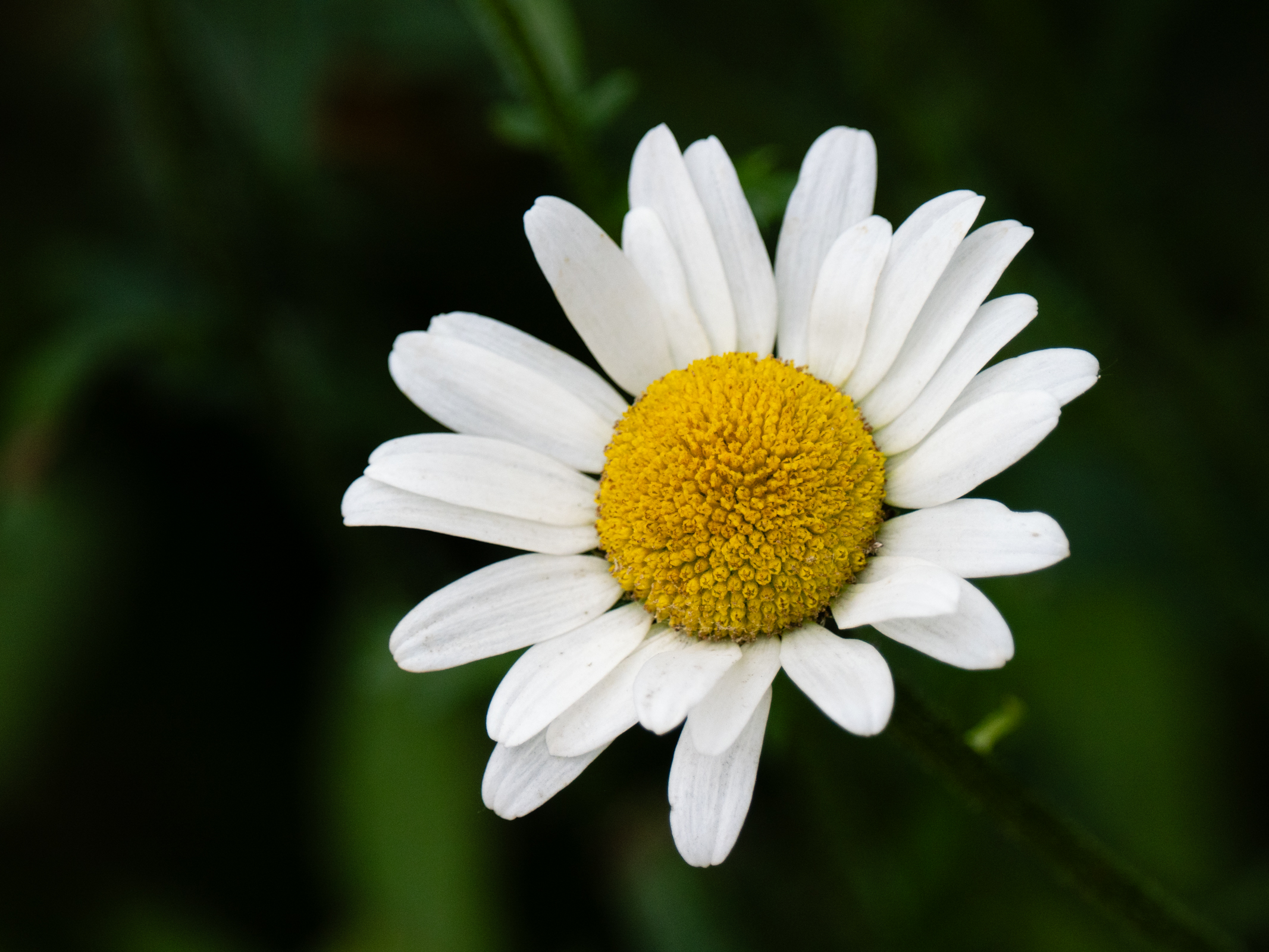
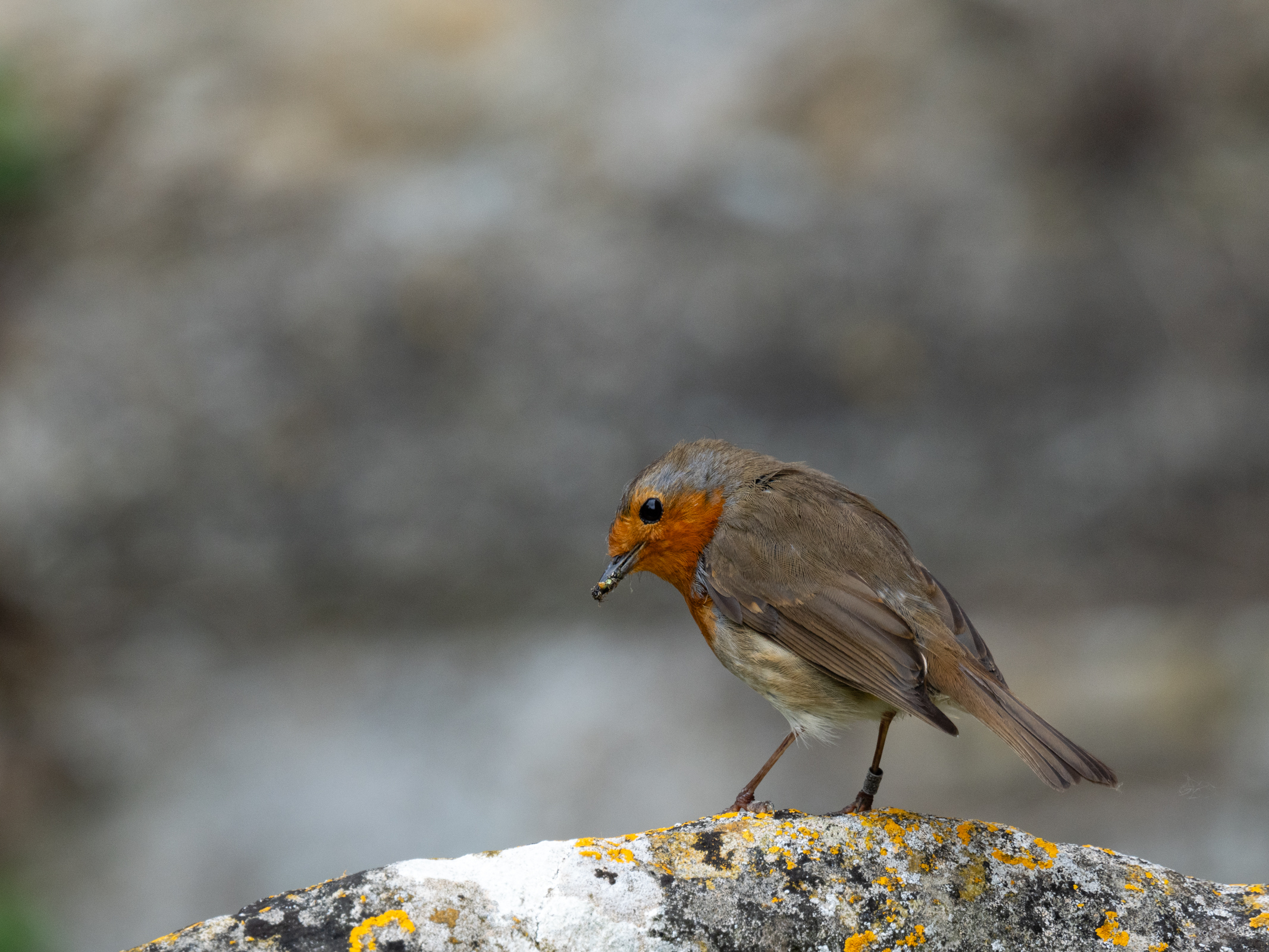

✅ You want a portable landscape camera: Combining small dimensions with a weatherproof build, the OM-1 II is ideal for travelling with.
✅ You shoot landscapes handheld: Superb stabilization means the OM-1 II is a camera you don’t need a tripod to shoot stills with.
❌ You want the highest resolution: At 20MP, the OM-1 II’s Micro Four Thirds sensor has one of the lowest resolutions in this round-up. That said, a handy High-Res shot mode can shoot sharp 80MP stills of stationary subjects.
❌ You want full-frame: There is an added sense of depth and color that comes with a larger sensor camera like the Fujifilm GFX100S II, over the OM1-II.
Not everyone needs a full-frame camera. And like the Fujifilm X-T5, the OM System OM-1 II embraces the benefits of a smaller sensor to create a compelling alternative for photographers who prioritize size, versatility and a fun handheld experience.
Thanks to its stacked Micro Four Thirds sensor and a speedy TruePix X processor, the OM-1 II performed admirably in most our tests. Quite simply, it's the one of the most enjoyable cameras you can buy, and it also happens to be one of the toughest – OM System is one of the only brands to list official IP-rating weather sealing in its camera specs.
And for its perceived small sensor shortcomings, the OM-1 II more than makes up for with its smart computational photography modes, which are also the best you'll find outside a smartphone. These include High Res Shot for 50MP or 80MP stills (the latter works with the camera mounted to a tripod), Live ND and a new Live Grad ND. The latter modes largely do away with the need for physical lens filters. Furthermore, in-camera Focus Stacking going some way to compensating for its smaller sensor.
The 20MP resolution also isn't huge for a camera of this price, while the OM-1 II is a modest upgrade of the OM-1, which is now cheaper. But if you can overlook those drawbacks, then the OM-1 II (and its huge range of Micro Four Thirds lenses) will make a fine, rugged companion for the outdoors.
Read our in-depth OM System OM-1 II review
The best APS-C camera for landscape photography

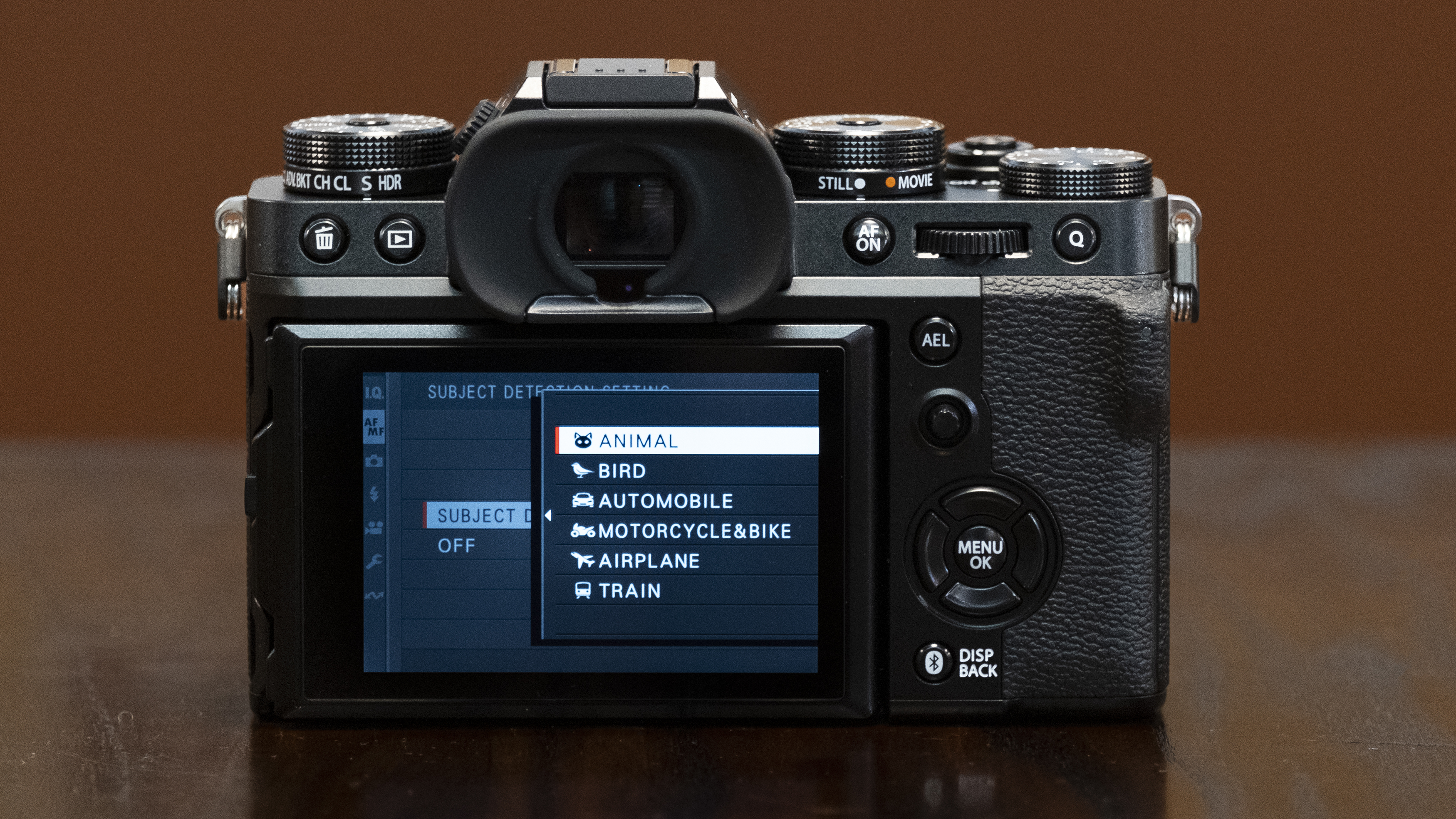



5. Fujifilm X-T5
Our expert review:
Specifications
Reasons to buy
Reasons to avoid
✅ You want a lightweight APS-C camera: Relatively small and light, the X-T5 packs flagship smarts into a smaller body.
✅ You value the shooting experience: With a generous array of direct-access controls, the X-T5 is a tactile camera to use.
❌ You need the best autofocus around: Autofocus performance is lens-dependent and lags behind rivals from Canon and Sony.
❌ You shoot a lot of low-light landscapes: The X-T5 can handle changing light, but a full-frame sensor is better for night landscapes.
The Fujifilm X-T5 is a stills-first mirrorless camera that deploys a best-in-class 40.2MP APS-C sensor, together with Fujifilm's X-Processor 5, for near identical image quality to the pricier Fujifilm X-H2. We think that makes it a great value choice for landscape photography. It benefits from in-body image stabilization and solid battery life, both of which landscape photographers will appreciate. It's also less important that the X-T5's subject-detection autofocus can’t compete with Sony and Canon’s rival efforts.
We loved the compact form factor of the X-T5 in our review, plus its photography-friendly controls, especially the retro dials for ISO, shutter speed and exposure adjustments. These methodical dials suit the pace of landscape photography. You also get a three-way tilting touchscreen which we think works better than a vari-angle for framing stills. We did find in our tests that the APS-C sensor limits low-light performance, but when the light is good you'll be extremely happy with X-T5 landscape photos especially with a decent XF lens in play.
Read our in-depth Fujifilm X-T5 review
The best for detailed landscape photography
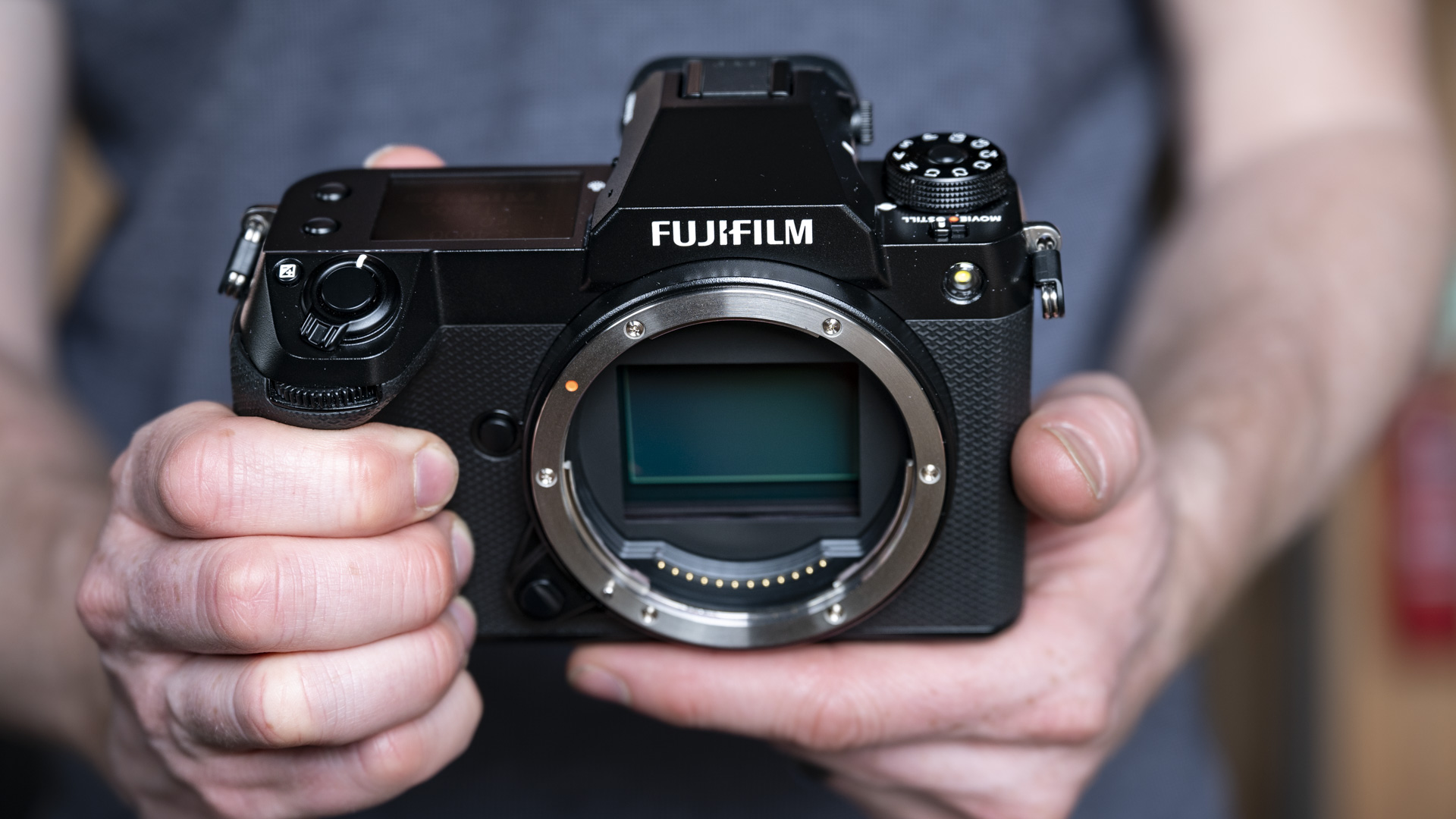

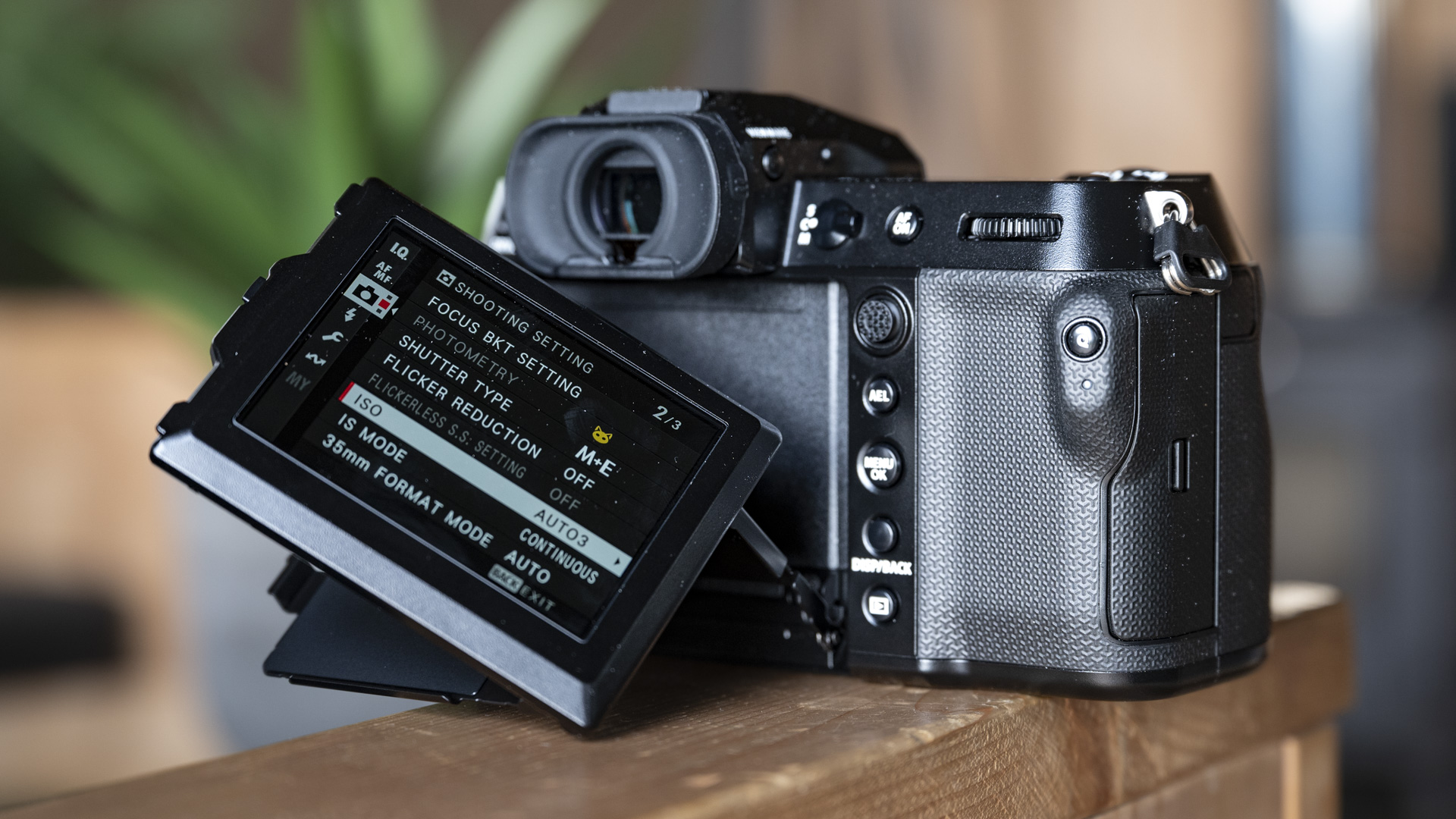
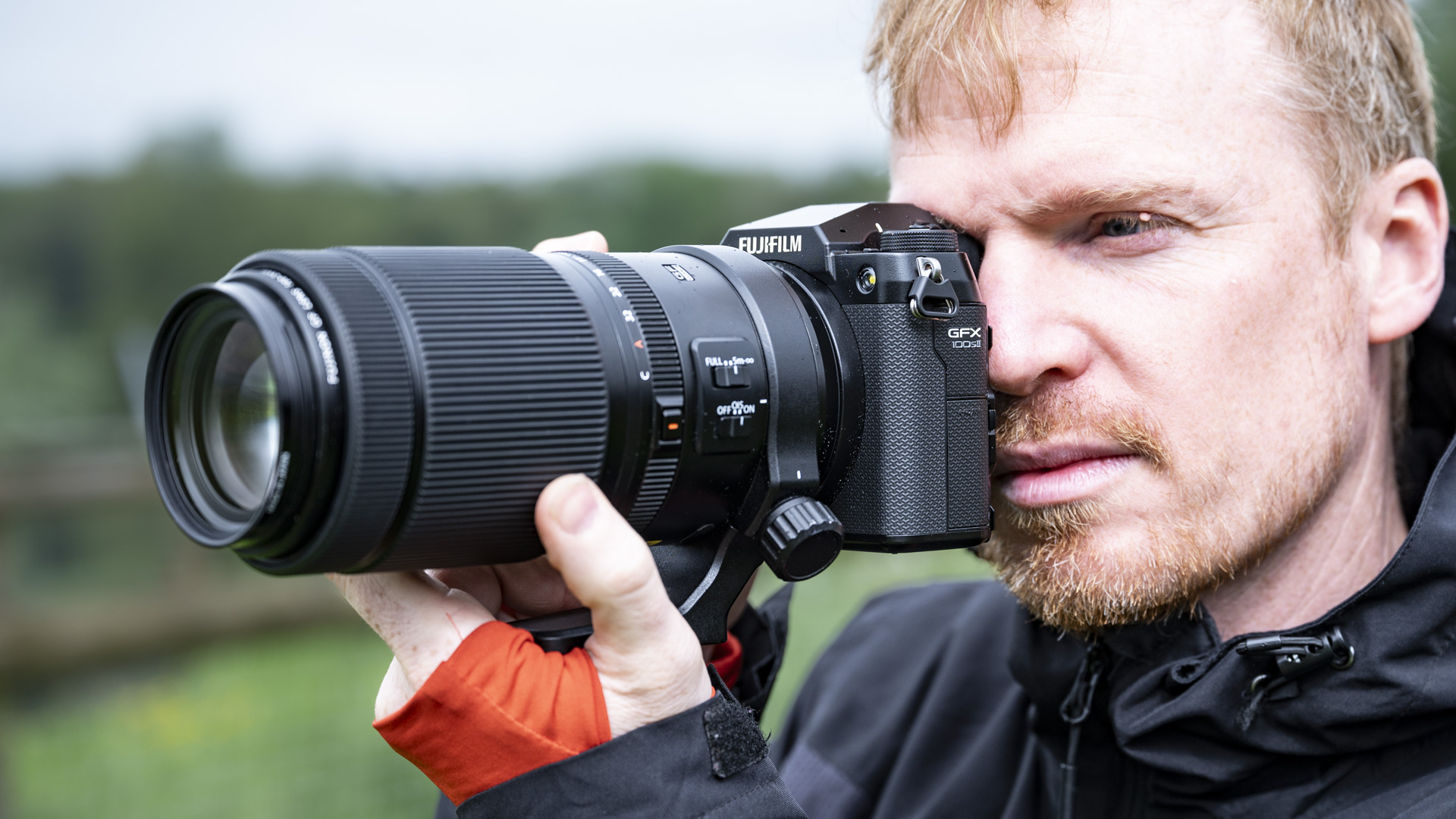

Specifications
Reasons to buy
Reasons to avoid
✅ You want superior image quality: A 100MP medium-format sensor means the GFX100S II is capable of incredible stills quality.
✅ You value good ergonomics: When paired with lighter GF lenses, the GFX100S II offers lovely balance and handling.
❌ You want the fastest performance: It’s no slouch, but the GFX100S II is beaten in the speed stakes by cameras like the A7R V.
❌ You don’t need pro-grade resolution: It’s relatively reasonable for what it does, but the GFX100S II is still quite an investment.
Fujifilm did something unusual with the GFX100S II; created a newer camera that was cheaper than its forebears. We know what Fujifilm was doing – aggressively pricing its latest medium-format to tempt the many landscape photography pros that shoot full-frame, who might consider switching to Fujifilm's larger format. And those that do with the GFX100S II are in for a treat; it's a formidable camera with 102MP sensor that beats any other camera in this guide for outright detail. That's 11648x8736 pixels and with a base ISO 80 setting giving superb dynamic range. For images packed with detail, tone and rich color, you'll struggle to beat the GFX100S II.
It costs less than the GFX100 II which is a better hybrid camera, but features are still trickled down from the flagship model into the GFX100S II, including the new design and a two-way tilt touchscreen. Paired with a chunky GF lens, the 1.95lb / 883g GFX100S II isn't overly heavy, comparable to a mid-range full-framer like the Nikon Z8. We love the backlit top LCD that can display use info for landscape photography such as the histogram or exposure settings. Overall, if you take landscape photography seriously, this could be your best bet, just factor in the extra cost for a GF lens.
Read our in-depth Fujifilm GFX100S II review
Also consider
We've reviewed a whole range of cameras for landscape photography, which means there are plenty more that almost made it into this list. Here are a few honorable mentions to consider.
Best DSLR – Canon EOS 5D Mark IV: Mirrorless might be the future, but if you prefer the handling of a flagship DSLR, the EOS 5D Mark IV offers stunning performance. At 30.4MP, its full-frame sensors offers all the resolution you could need for shooting landscapes, while its 61-point autofocus system will keep everything sharp. The only downside is that it’s still pricy.
Best premium compact – Leica Q3: If you want a high-res compact for travel-friendly landscape photography, the Q3’s combination of a sharp, fixed 28mm lens and 61MP full-frame sensor make it a stellar choice. It’s a beautifully designed camera that’s an absolute joy to shoot with, plus it produces gorgeous landscape stills. There’s no escaping the Leica price tag, though.
Best flagship alternative – Nikon Z9: Built like an indestructible DSLR, the Z9 is the performance flagship of Nikon’s mirrorless range. Its hybrid specs will be overkill if you only shoot landscapes, with features such as 8K video and 20fps burst speeds going to waste. But if you need an incredibly capable all-rounder that’s perfectly comfortable shooting landscapes, its stacked 45.7M sensor won’t disappoint.
Best Canon stills camera – Canon EOS R5: We rate the R5 as Canon’s best-ever stills camera, which means it’s also a great choice for landscape photography. You’re getting a 45MP full-frame sensor that produces beautiful images, as well as incredible autofocus and solid IBIS, all within a proven form factor. It doesn’t come cheap, but it’s very versatile.
Best for aspect ratios – Fujifilm GFX100RF: Fujifilm's only compact camera with a medium-format sensor, the GFX100RF combines a 102MP sensor with super sharp 28mm (equivalent) f/3.5 lens and a handy aspect ratio dial. It naturally leads to experimenting with various looks, especially panaromic crops, and could just change the way you see the land around you.
How to choose the best camera for landscape photography

How to choose the best landscape photography camera
Buying any camera for a specific genre of photography involves weighing up your budget, personal preferences and other factors like existing lenses. For landscape photography, this certainly applies, but it's one subject where you can capture fantastic images with few, if any, bells and whistles – it’s resolution, size, weight and build quality that are most important.
Size and weight of a camera system are very much a personal choice; some photographers are willing to carry larger and heavier medium format cameras to enjoy the best image quality possible. While others opt for the middle ground with a full-frame camera. Then some prefer the size and weight advantages of APS-C and Micro Four Thirds cameras. If you're likely to be hiking many miles on the search for that perfect view, it could pay to pack light.
Weather-sealing is always important because it’s not uncommon to find yourself shooting in inclement weather. And although a rain cover is always useful to avoid putting a wet camera into a dry camera bag, knowing that your camera and lenses are dust and moisture resistant adds another layer of confidence in these situations.
High-resolution sensor: Sharp detail is probably the most desirable image quality attribute that landscape photographers look for, and for that a high-resolution sensor is the ticket. This will naturally come with a larger sensor camera, such as full-frame and medium-format.
Stills-first: Many of today's cameras and powerful hybrids, equally capable of professional video recording as they are high-speed photography. However, stills-focused landscape photographers, could make a decent saving by opting for a simpler option. For example, the Nikon Z7 II costs a lot less than the powerful Nikon Z8, but it has the same 45MP resolution for landscape photos.
Meet the team
Each member of our reviews team has many years of experience testing the latest and greatest cameras. With their in-depth knowledge and understanding, they are intimately familiar with what makes an excellent camera for landscape photography.

Tim is TechRadar's Cameras Editor and has been cutting his teeth in the photo and video industry for almost 20 years. He looks after all of TechRadar's cameras content, covering buying guides, features, reviews and news. He knows the benefits of purposeful creativity with a dedicated camera instead of a smartphone.

Rod is an independent photographer and photography journalist with more than 30 years' experience. He's previously worked as Head of Testing for Future’s photography magazines, including Digital Camera, N-Photo, PhotoPlus, Professional Photography, Photography Week and Practical Photoshop, and as Reviews Editor on Digital Camera World.

Mark is TechRadar's Senior news editor and has been a technology journalist since 2004. Formerly Trusted Reviews and TechRadar's cameras editor, Mark has tested cameras over many years from all of the leading brands.

James Abbott is a professional photographer and freelance photography journalist. He contributes articles about photography, cameras and drones to a wide range of magazines and websites where he applies a wealth of experience to testing the latest photographic tech.

Paul is a digital expert. In the 20 years since he graduated with a first-class honours degree in Computer Science, Paul has been actively involved in a variety of different tech and creative industries that make him the go-to guy for reviews, opinion pieces, and featured articles. You'll also find his writing in other places, including Creative Bloq, Digital Camera World, and 3D World Magazine.
How we test landscape photography cameras
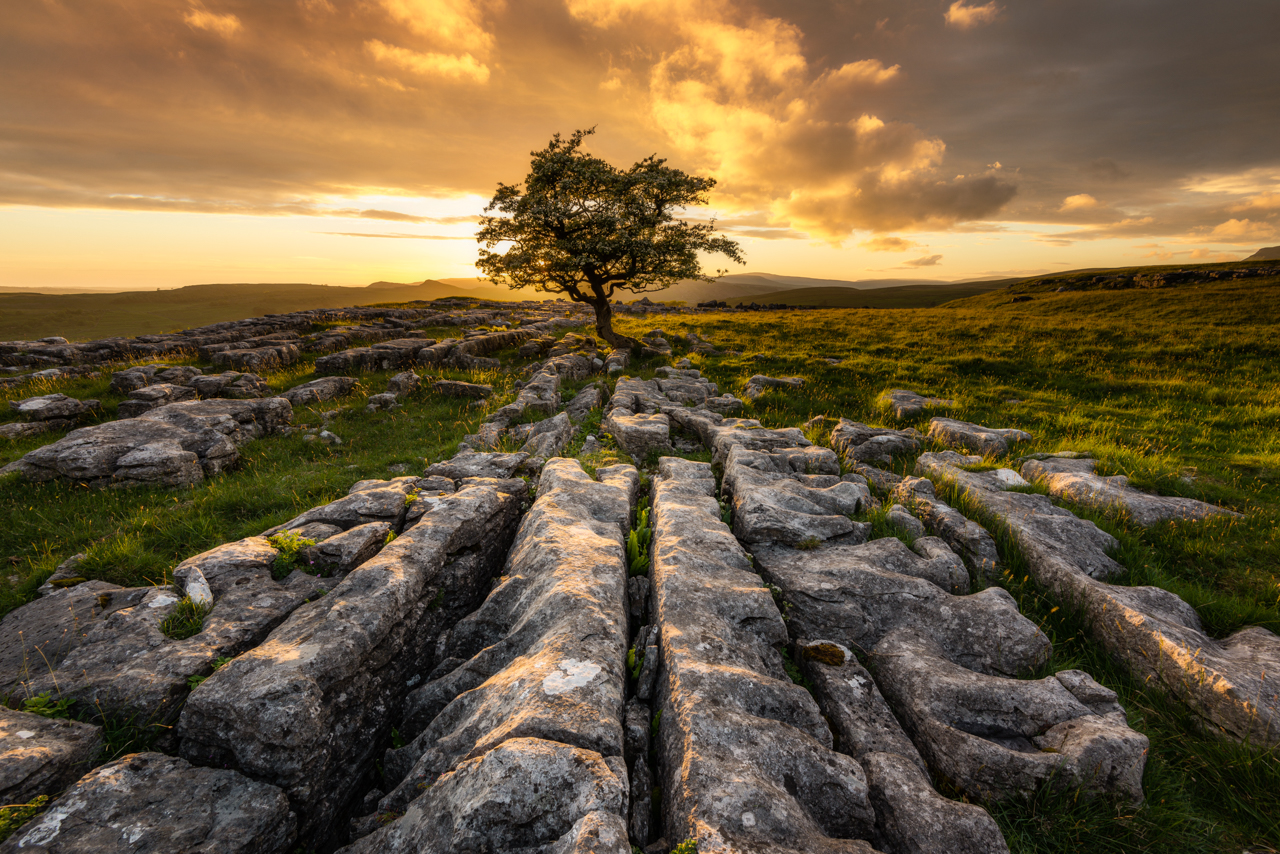
☑️ 100s of cameras reviewed
☑️ 15 years of product testing
☑️ Over 16,000 products reviewed in total
☑️ Nearly 200,000 hours testing tech
Buying a landscape camera these days is a big investment, so every camera in this guide has been tested extensively by us. These days, real-world tests are the most revealing way to understand a camera's performance and character, so we focus heavily on those, along with standardized tests for factors like ISO performance.
To start with, we look at the camera's design, handling and controls to get a sense of what kind of photographer it's aimed at and who would most enjoy shooting with it. When we take it out on a shoot, we'll use it both handheld and on a tripod to get a sense of where its strengths lie, and test its startup speed.
When it comes to performance, we use a formatted card and shoot in both raw and JPEG (if available). For burst shooting tests, we dial in our regular test settings (1/250 sec, ISO 200, continuous AF) and shoot a series of frames in front of a stopwatch to see if it lives up to its claimed speeds. We'll also look at how quickly the buffers clears and repeat the test for both raw and JPEG files, even though this is less crucial for landscape cameras.

In various lighting conditions, we also test the camera's different autofocus modes (including Face and Eye AF) in single point, area and continuous modes. We also shoot a range of photos of different styles beyond landscape (typically portrait, low light and macro/close-up) in raw and JPEG to get a sense of metering and its sensor's ability to handle noise and resolve fine detail.
If the camera's raw files are supported by Adobe Camera Raw, we'll also process some test images to see how we can push areas like shadow recovery. And we'll also test its ISO performance across the whole range to get a sense of the levels we'd be happy to push the camera to.
Battery life is tested in a real-world fashion, as we use the camera over the course of the day with the screen set to the default settings. Once the battery has reached zero, we'll then count the number of shots to see how it compares to the camera's CIPA rating. Finally, we test the camera's video skills by shooting some test footage at different frame-rates and resolutions, along with its companion app.
We then take everything we've learned about the camera and factor in its price to get a sense of the value-for-money it offers, before reaching our final verdict.

What are the best settings for landscape photography?
Capturing great landscapes is more about location, composition, light and weather than settings. But even so, using the right settings to ensure the best possible image quality and a large depth-of-field is essential. Typically, ISO needs to be set to the base ISO setting which is usually ISO 64 or 100. This provides the maximum dynamic range available for the camera being used.
Beyond ISO, shoot in manual or aperture priority and set metering to Evaluative/Matrix for an exposure value that’s calculated according to light and dark areas in the scene, with white balance set to Daylight. Shooting in Daylight white balance will capture the natural color of the light rather than being neutralized by Auto white balance. Plus, you can adjust the white balance when processing raw files.
For landscape photography, shooting in raw provides a huge amount of scope for making adjustments to reveal, recover and enhance the rich detail you’re typically capturing. Plus, it ultimately helps you to enjoy the best image quality possible, because you’re working on the raw image data rather than a JPEG that has already been processed in-camera.
When it comes to focusing, for a large depth-of-field, it’s recommended that you focus a third of the distance into the scene beyond the foreground area that you’d like to be sharp and in focus. This can be applied manually or using autofocus. In terms of aperture, it’s best not to set the minimum aperture of f/16 or f/22 because diffraction (an overall softening of the image) will be an issue. Instead, shot at f/11-16 on a full-frame camera, f/8-f/11 with APS-C and f/5.6-f/8 for Micro Four Thirds.
- Check out our guide to the world's best cameras for photography
Sign up for breaking news, reviews, opinion, top tech deals, and more.

Tim is the Cameras editor at TechRadar. He has enjoyed more than 15 years in the photo video industry with most of those in the world of tech journalism. During his time as Deputy Technical Editor with Amateur Photographer, as a freelancer and consequently editor at Tech Radar, Tim has developed a deeply technical knowledge and practical experience with cameras, educating others through news, reviews and features. He’s also worked in video production for Studio 44 with clients including Canon, and volunteers his spare time to consult a non-profit, diverse stories team based in Nairobi. Tim is curious, a keen creative, avid footballer and runner, and moderate flat white drinker who has lived in Kenya and believes we have much to enjoy and learn from each other.
- Mark WilsonSenior news editor
- James Abbott